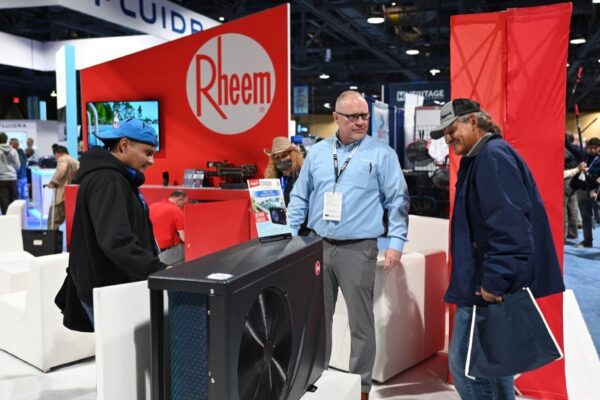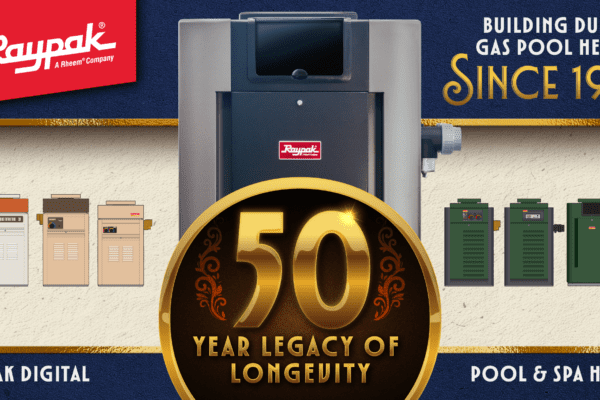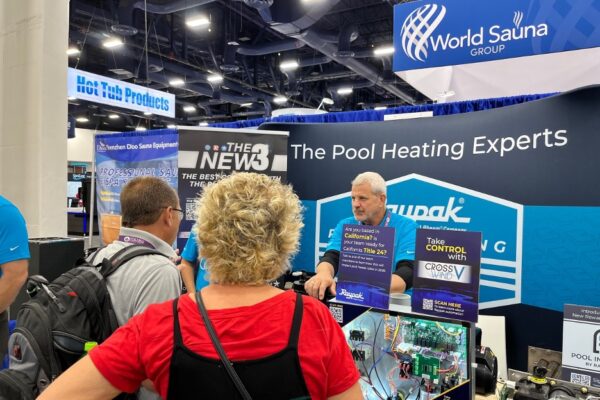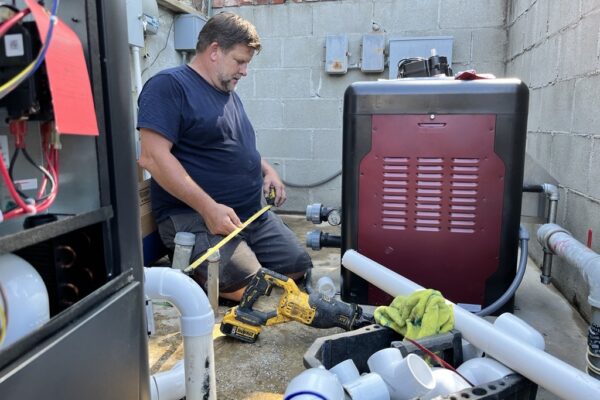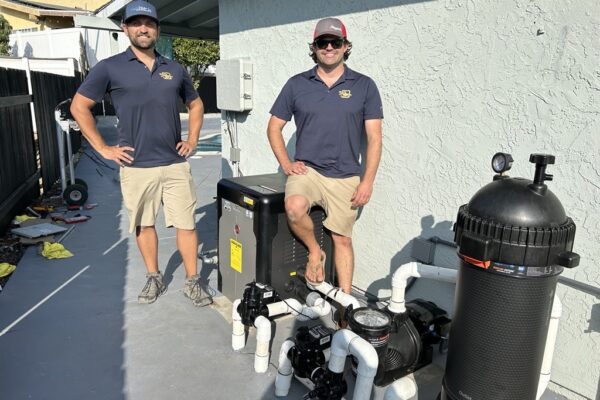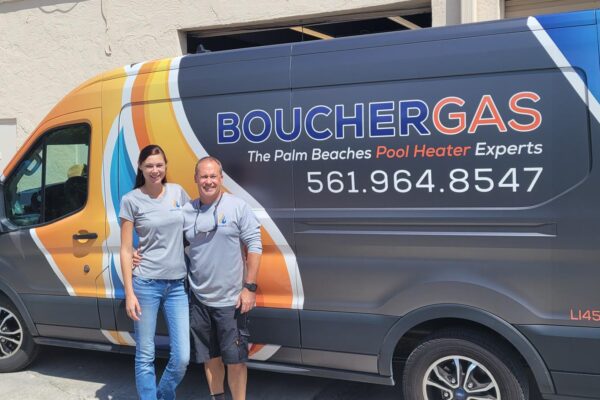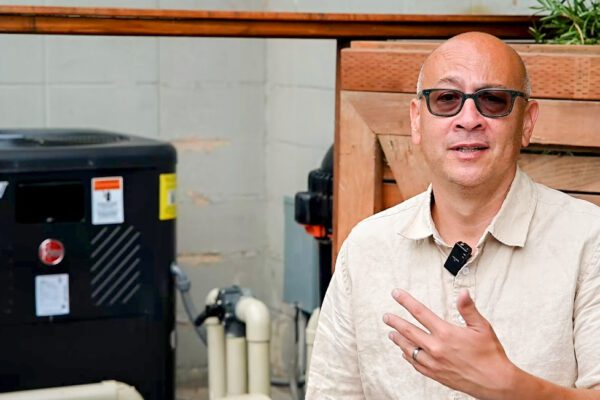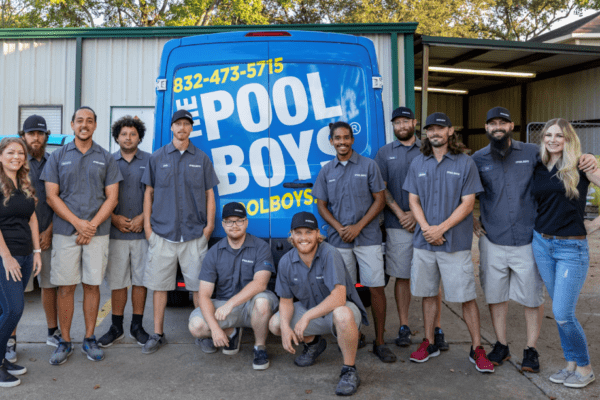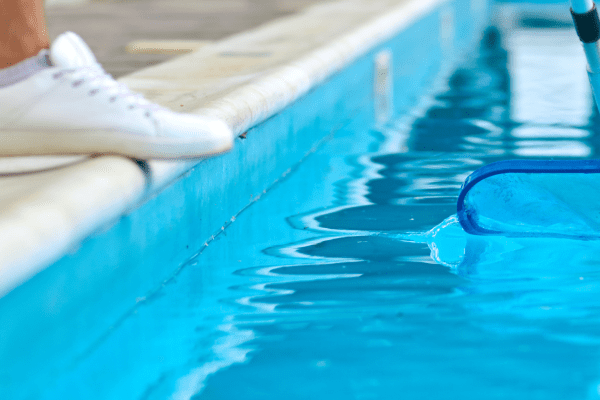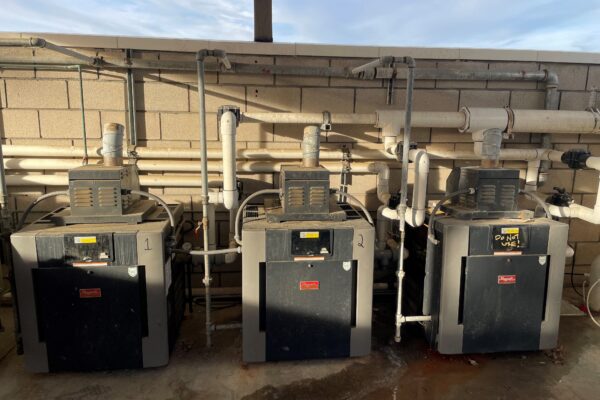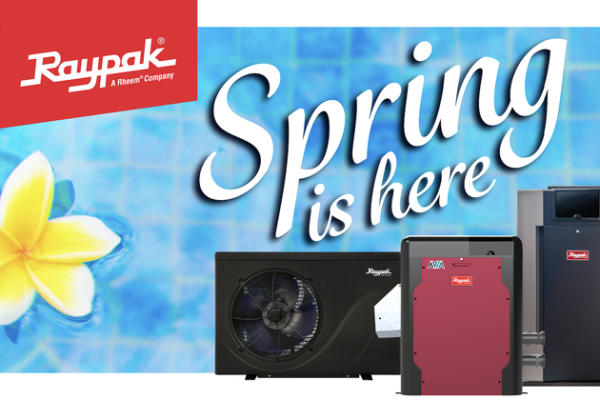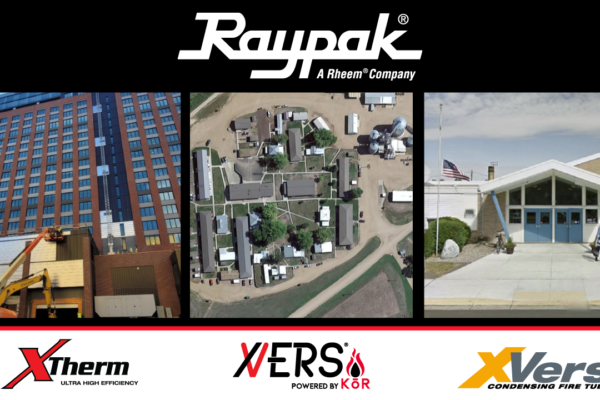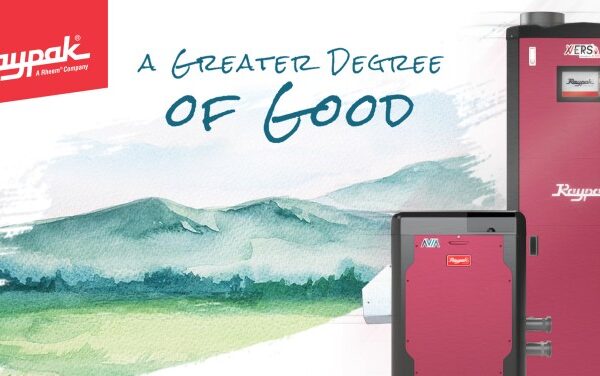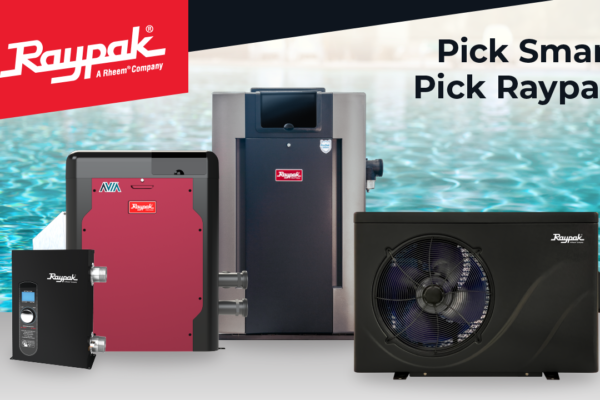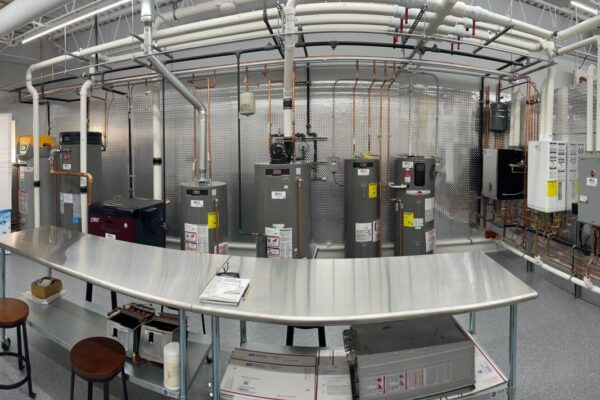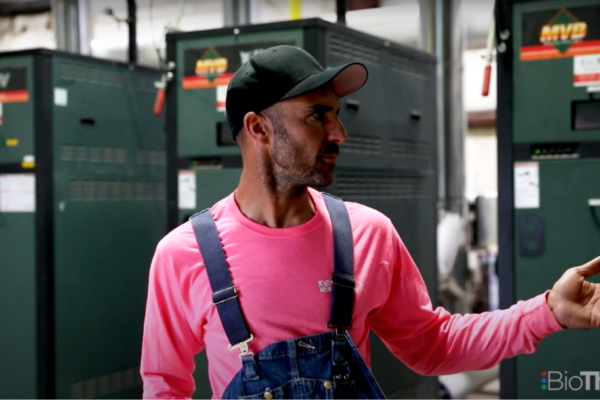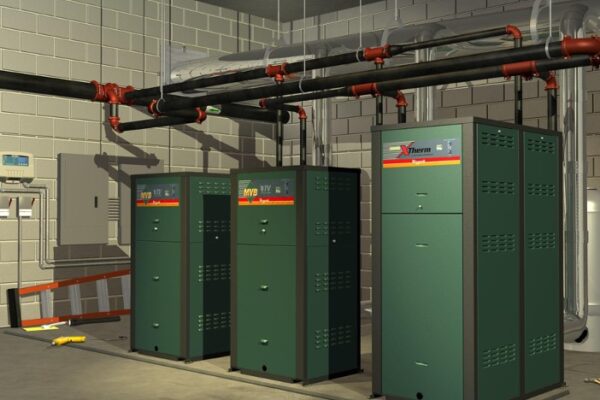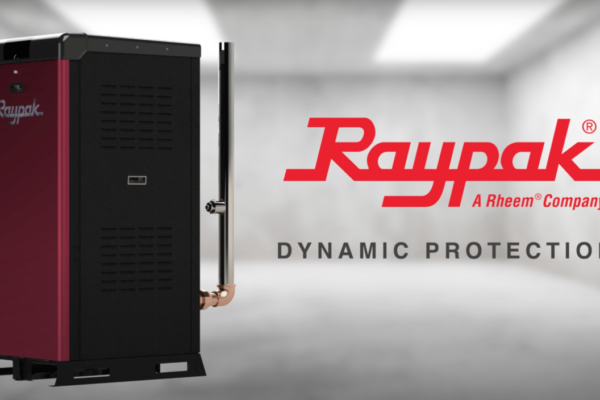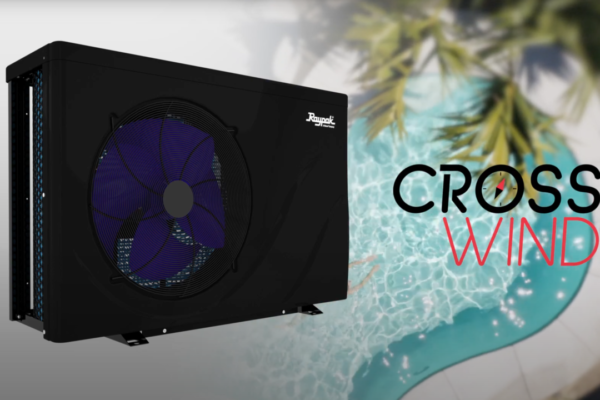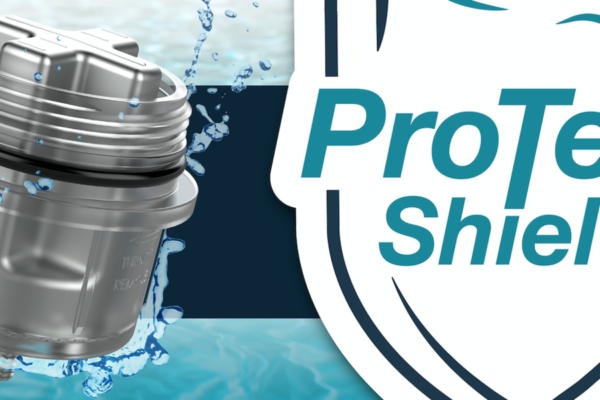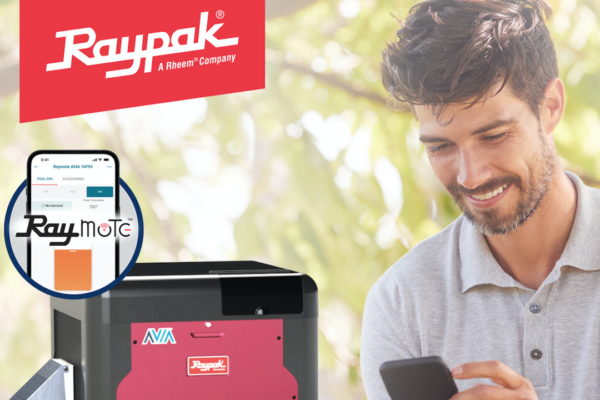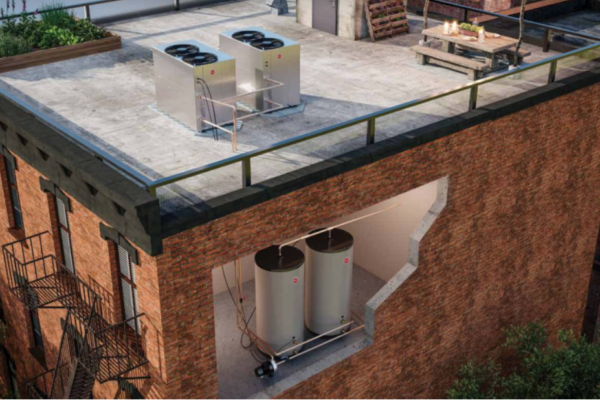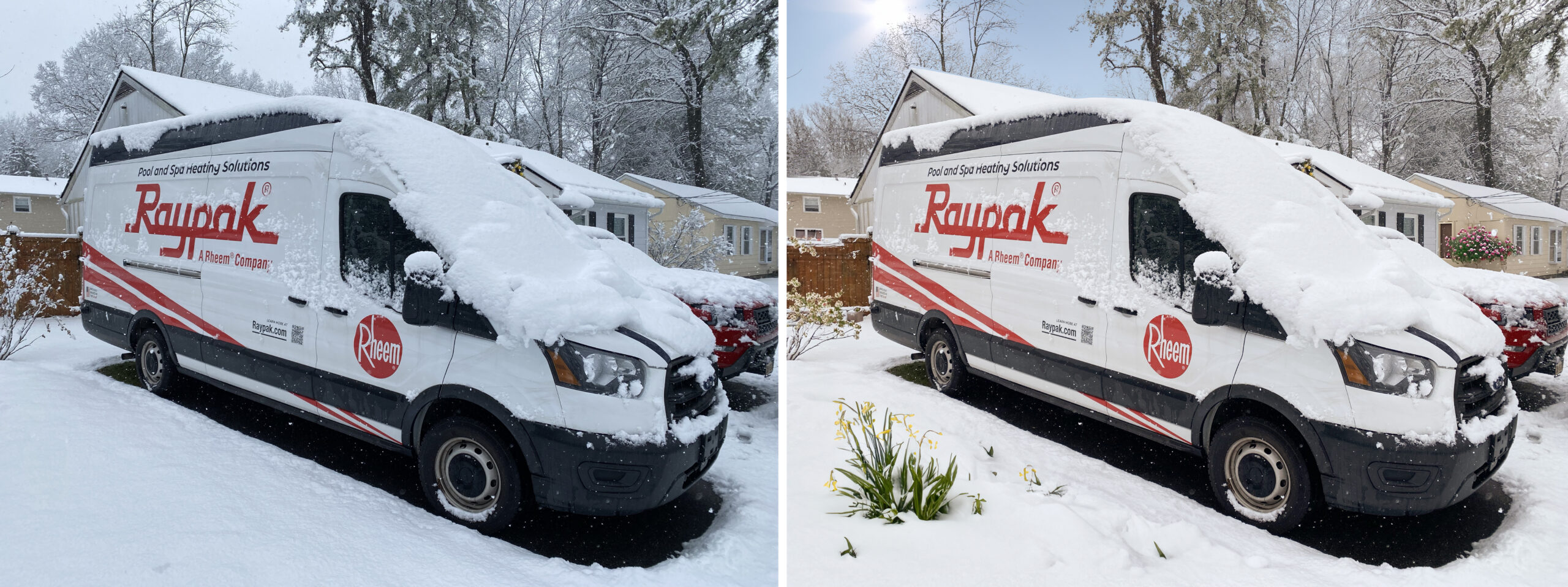
As you start up your pools this spring, it’s important to verify that the heaters are in good running condition. Neglecting potential heater issues stemming from a long cold winter could lead to problems. Here’s 7 heater-specific tasks to add to your checklist:
Seal Openings:
Before priming the pump, ensure any openings used for draining the heater last Fall are securely closed. Check the condition of gaskets and O-rings on drain plugs and plumbing unions and replace any damaged ones. Lubricate them if necessary to maintain functionality and prevent leaks.
If you prime the pump before verifying these, spraying water from an unrealized failure point could make it more difficult to identify a more serious problem.
Rodent Inspection:
If you’ve used naphthalene mothballs to deter rodents, remove them from the heater before attempting to ignite it, as they are highly flammable. Even if they don’t ignite, they can release toxic vapors when heated. Clean out any rodent remnants like nesting material or droppings to avoid foul smells or combustion issue.
Debris Removal:
Apart from providing fuel for a “side fire”, leaves and other organic debris can accumulate inside the heater, which could restrict airflow or inhibit burner combustion. Inspect the heat exchanger and burners for debris and clear them out. A shop vac is ideal for this task, but a small whisk broom can be handy.
Spider Check:
While spider webs around the heater periphery might not obstruct combustion, they could indicate the presence of spiders and nests in critical areas like gas jets or burners, which could alter the gas flow rate or volume, and create ignition problems. To ensure smooth operation, investigate further if you find webs.
Electrical Integrity:
Check all electrical connections, ensuring they are secure and free of exposed wires. This includes screw-down termination blocks and wire nuts. Wires don’t shrink, but the wire covering might. This could create wire exposure at the ends, which could cause a short, or a shock! In a more extreme case, the cover shrinkage could cause the wire to dislodge; make sure all your connections are intact and tight.
Gas Line Examination:
Inspect all valves that allow the flow gas and ensure they are open, including gas line shut offs and the heater gas valve switch. Bleed the gas line if necessary to expel any trapped air, as insufficient gas delivery can lead to ignition failure.
Parts and Materials Ready for Repair:
Make sure your truck is stocked with the parts necessary for the small repairs you might find gaskets, O-rings, repair wire, safety sensors/switches, perhaps ignitors or pilot assemblies.
Taking these precautions before circulating water through the heater, and certainly before attempting to ignite it, can prevent future headaches, like return visits.

